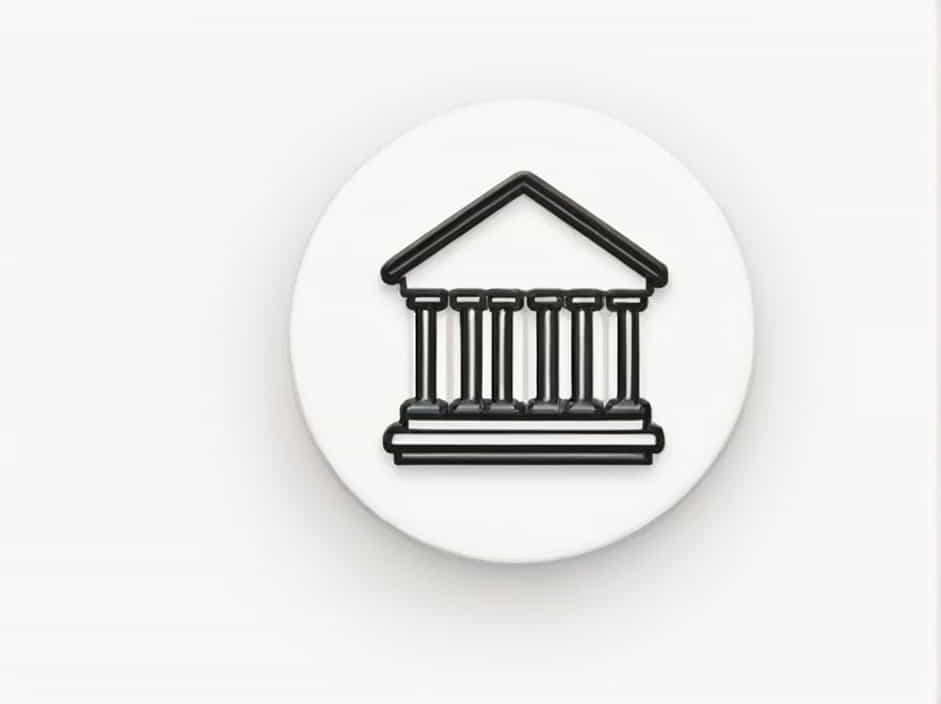An overdrawn bank account occurs when you spend more money than is available in your account. This can happen due to debit card transactions, checks, automatic bill payments, or ATM withdrawals that exceed your balance. When this happens, banks may cover the deficit temporarily, but consequences follow.
Understanding the potential fees, penalties, and impacts on your financial health is crucial to managing an overdrawn account effectively.
What Causes an Overdrawn Bank Account?
1. Insufficient Funds
The most common cause is spending more than what is available. If you don’t have overdraft protection, the bank may decline the transaction.
2. Automatic Payments or Subscriptions
Recurring payments for utilities, streaming services, or memberships may process even if your balance is low, causing an overdraft.
3. Pending Transactions
Some transactions take time to process. If you check your balance before all pending charges are settled, you may unknowingly spend more than you have.
4. Bank Fees and Charges
Monthly maintenance fees or previously assessed overdraft fees can push your balance into the negative.
Immediate Consequences of an Overdrawn Account
1. Overdraft Fees
Banks typically charge an overdraft fee when they allow a transaction to go through despite insufficient funds. This fee can range from $25 to $40 per transaction.
2. Declined Transactions
If you don’t have overdraft protection, transactions exceeding your balance may be declined, leading to inconvenience or late payment penalties from vendors.
3. Returned Check Fees
If you write a check that bounces due to insufficient funds, both you and the recipient may be charged a non-sufficient funds (NSF) fee. This fee is typically $30 to $40 per bounced check.
4. Negative Balance
Your account balance turns negative, meaning you owe money to the bank. Some banks allow small overdrafts without fees, but extended negative balances can lead to more severe consequences.
Long-Term Consequences of an Overdrawn Account
1. Continuous Fees and Interest
If your account remains overdrawn for multiple days, some banks charge extended overdraft fees every few days, increasing your debt.
2. Account Closure
If your account stays overdrawn for 30 to 60 days, the bank may close your account and report it to a banking database like ChexSystems. This can make it harder to open a new account in the future.
3. Credit Score Impact
Although overdrafts do not directly impact credit scores, unpaid balances sent to collections can damage your credit history. This makes it harder to get loans, credit cards, or even rent an apartment.
4. Legal Action
If you owe a significant amount and fail to repay, the bank may take legal action, further increasing your financial troubles.
How to Fix an Overdrawn Bank Account
1. Deposit Money Immediately
The quickest solution is to add funds to bring your balance back to positive.
2. Contact Your Bank
Some banks may waive overdraft fees if you request it, especially if it’s your first offense.
3. Set Up Overdraft Protection
Many banks offer overdraft protection, linking your checking account to a savings account or credit line to cover shortfalls.
4. Monitor Your Transactions
Regularly check your balance, set up alerts, and track pending transactions to avoid overdrawing your account.
An overdrawn account can lead to expensive fees, account closure, and long-term financial consequences. Understanding how overdrafts happen and taking proactive steps can help prevent costly mistakes. Managing your spending, monitoring your balance, and setting up overdraft protection are the best ways to keep your account in good standing.
